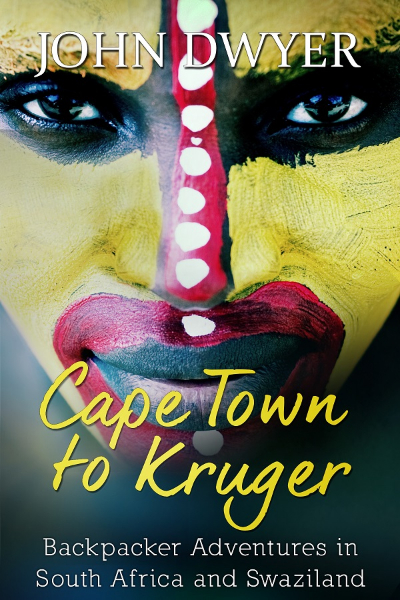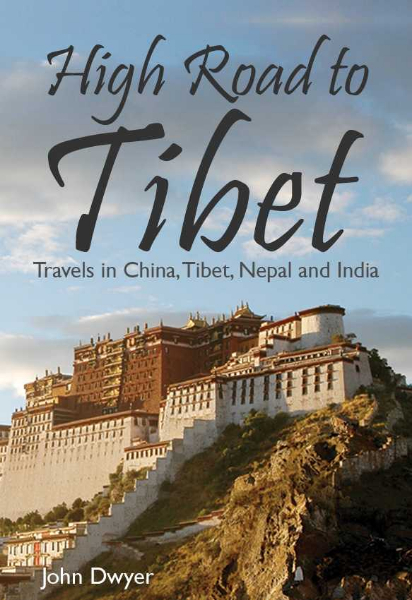Tour of DMZ Vietnam
Vietnam – the mention of the word evokes images of war. Films such as “Platoon”, “Born on the fourth of July” and “Full Metal Jacket” gave us images that continue to be associated with the country long after the war itself was over. On my way to visit the battlefields of Vietnam, I wondered what marks the war had left behind. Would I see the wreckage of tanks and helicopters? Would the people be bitter after all the years?
I arrived in the city of Hue by bus from Ho Chi Minh City (Saigon). Most of the fighting during the Vietnam War took place near a buffer zone between North and South Vietnam known as the Demilitarized Zone (DMZ). Being so close to the DMZ, Hue was almost completely destroyed. It’s ironic that the battles that destroyed that beautiful city are now the attractions that are driving its tourist industry. Tours to the DMZ are widely available from Hue and I promptly booked myself onto one as soon as I arrived.
I woke early to meet the tour bus outside my hotel. The morning was cool and mist shrouded the city. There were about eighteen other DMZ tourists that day comprised of backpackers, package tourists and even a few American war veterans. The guide on the bus spoke excellent English and proved very knowledgeable about the history of this scarred land.
As the bus rattled out of Hue and past the rice paddies lining the road, I watched people planting their crop in the knee-deep water. Our guide pointed to large ponds that dotted the passing fields. “Those ponds are not natural”, he pointed out. “They were made by five hundred pound bombs from American B-52 bombers and were never filled in. Some people even farm fish in them”.
An hour later, we reached the town of Dong Ha, about fifty kilometers north of Hue. It used to be a major supply town for American forces during the war. The town looked desolate and dreary with many ragged amputees hobbling the streets on crutches. It seemed it hadn’t quite recovered from the war in the way Hue had.
We stopped to visit the ruined shell of a Catholic Church. Our guide told us that North Vietnamese forces had fought to the death here after being surrounded by American troops during the Tet offensive in 1968. Every bullet hole and every bomb crater told the story of a grim battle.
After a late breakfast, we again boarded the bus and rumbled down Highway 9, which runs from Dong Ha across the country to the Laos border. “American planes dropped over 70,000 tons of defoliant on Vietnam, and that is why you see few trees in this area”, our guide explained. Despite the lack of trees, the area looked lush with vegetation. Nature and time had healed a lot.
Our guide also informed us that there are currently two American de-mining teams working in the area. Live mines and shells known as unexploded ordinance (UXO) have killed over four thousand people since the end of the war in 1975. There are also many American funded re-forestation projects going on after the devastation wrought by the defoliation chemical, Agent Orange.
Our first stop along the road was at the Rockpile Firebase, a helicopter base on the top of this small hill during the war. From there, U.S. forces commanded a wide view of the area. A string of these firebases were formed along the DMZ and were known as the McNamara Line, after the then Secretary of Defense. One of those stationed on this base was Col. Oliver North.
An American veteran aboard the tour, Tom Mullins, told me it had been his second time back to Vietnam. I asked him how the Vietnamese people had treated him. “The war is ancient history in their minds, they’re getting on with their lives,” Mullins told me. “There’s hardly anyone there who remembers the war. Even our guide was born two years after we came home.” According to Mullins, no feeling of ill-will was ever expressed toward him. “I was in Hanoi and Saigon, and I never felt any animosity towards me.”
Ho Chi Minh Trail
Further west along the road, we were taken across an old bridge that had been singled out by the U.S. Air Force for special treatment during the war. “This used to be part of the famous Ho Chi Minh Trail”, our guide said, with obvious pride. “It was used to supply the revolutionary forces in the south in their fight for liberation.” Thousands of men and tons of supplies came down this route from North Vietnam and kept the fighters in the south supplied as the war raged.
The bus spluttered up a winding road shrouded in mist and fog toward the next stop – Keh Sahn combat base. The Vietnamese had besieged this base for seventy seven days in 1968 until the Americans decided to abandon it, taking everything they could with them and destroying what they couldn’t. There’s not much left of it today, but you can still see the traces of the airfield used to supply the encircled Americans.
The burnt-out shell of a tank and a helicopter rotor still remain. There are bunkers and some fox-holes which the Vietnamese have rebuilt to make the place more interesting to tourists. Just outside the base, some local Vietnamese sold rusted bullets, Viet Cong medals and American dog tags, which they claimed to have unearthed in the area.
Vinh Moc Tunnels
We headed back to Dong Ha for lunch and afterwards, headed east to visit the famous Vinh Moc tunnels. During the war, an entire Vietnamese village lived in this underground network of tunnels to escape annihilation from American bombs. It’s an amazing achievement; with over thirty kilometers of tunnels, the people lived this troglodyte life for over four years. The tunnels ranged from 1.3 to 1.6 meters high and had three levels with about ten exits, some onto the beach and some throughout the village.
Our guide informed us that three hundred people lived down here and seventeen children were born inside the tunnels during the war. He also informed us that one square meter of ground in this area was subjected to almost ten tons of American bombs from 1966 to 1972. The only other tunnels like this in Vietnam are to be found in Cu-Chi, outside Saigon.
On the way back to Hue, we made our final stop at a vast Vietnamese military cemetery. With row upon row of countless yellow headstones, it reminded me of a Vietnamese Arlington cemetery. The media has focused so much on America’s experience of the war, it’s easy to forget that Vietnam lost approximately three million people and an entire generation of young men.
Despite Vietnam’s bloody past, the future looks bright. Tourism is booming while new infrastructure and industry are developing at an amazing pace. Vietnam is keen to leave the past behind and build a better future for its people. It’s incredible to think that a poor nation like Vietnam managed to withstand the military might of the United States. If they put the same energy and drive into their development as they did in the war, Vietnam is sure to enjoy a bright future.
Category: Articles







